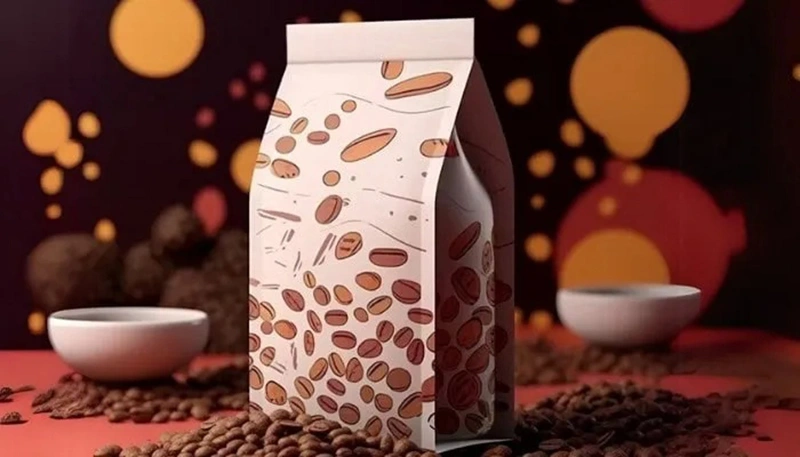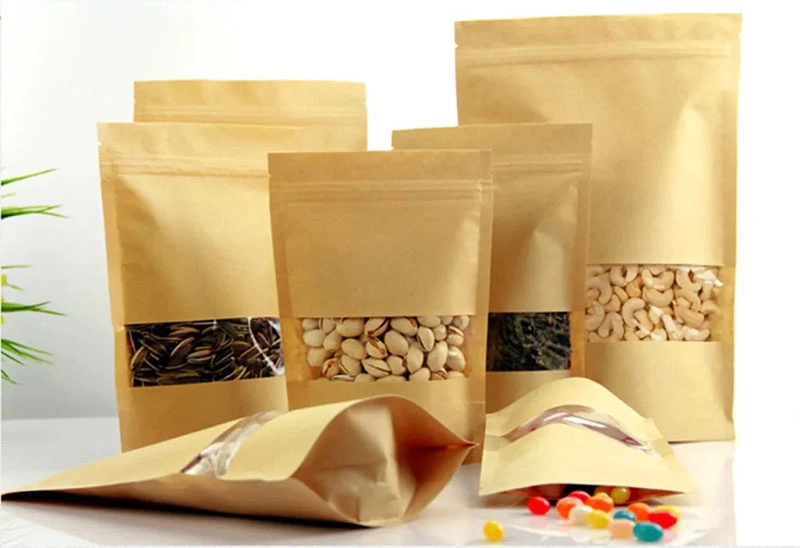We have been customizing and producing various pouch bags for over 10 years, and we’ll introduce you to their various types and characteristics.

This article will answer your questions:
- Main types and application scenarios of bag packaging
- How bagged packaging improves shelf display and product protection
- Misunderstandings of brand owners while choosing bag packaging
What are the main types of bag packaging?
Pouch packaging can be roughly divided into the following eight categories based on sealing method, structure, purpose, and function. Each type of pouch package has different structures and uses.
For example, a stand-up bag for coffee may be delivered through a one-way degassing valve, while a bag for industrial lubricant may require a multi-layer, high-barrier structure to protect it from direct sunlight.

| Type | Structure | Common Uses | Practical Significance |
|---|---|---|---|
| Stand-up Pouch | Bottom gusset | Coffee, snacks, powders | Good shelf display, stable placement |
| Flat Pouch | Two film sheets sealed on four sides | Single-serve products, samples | Low cost, space-saving |
| Spouted Pouch | Pouch body with spout | Liquids, sauces, cleaning agents | Easy to pour, resealable |
| Zipper Pouch | With resealable zipper | Dried goods, cosmetic refills | Preserves freshness, reusable |
| Retort Pouch | High-temperature-resistant multi-layer structure | Convenience food, soups | No refrigeration needed |
| Aluminum Foil Pouch | Aluminum foil laminated film | High-barrier products | Lightproof, moisture-proof, oxygen-proof |
| Kraft Paper Pouch | Paper laminated film | Organic, eco-friendly image | Natural look, recyclable |
| Windowed Pouch | With transparent window | Snacks, tea | Allows direct product view, boosts purchase appeal |
Practical selection suggestions
- Oily or acidic materials: Choose PET/aluminum foil/PE composite film, which is oil-proof and corrosion-resistant.
- Export transportation: Choose composite bags with strength and protection, combined with reasonable memory buffer.
- Brand display: Choose matte/gloss mixed printing to enhance the layering effect.
Actual case: A cosmetics company in Australia uses refill bags, which are 75% lighter than hard bottles and reduce transportation costs by more than 60%.
The main advantages of pouch packaging
Impact on brand or manufacturer procurement
- Logistics efficiency: Empty bags can be transported flat, saving up to 90% of freight compared to rigid packaging.
- Environmental protection: Single material PE or PP bags are recyclable and biodegradable.
- Competitive price: Cheaper than hard box packaging.

How to choose the pouch packaging that suits you?
- Product type – solid, liquid, powder, granular, volatile, susceptible to moisture, choose the appropriate material.
- Match the filling method – Depending on your product type, you can choose self-supporting bags, spout bags or zipper packaging.
- Real-World Testing – We offer drop testing, seal strength testing, compatibility testing, and more upon request.
Pouch bag packaging trends in 2025

- Single material recyclable film: The environmental protection trend is obvious and meets the recycling systems of the United States, Europe, Asia and other countries.
- Digital printing: suitable for short-run production of multiple SKUs, without the need for plate-making fees.
- Advanced closure design: Slide zipper and press seal are more popular in high-end products.
Market Insights: The flexible bag market is expected to grow at an average annual rate of 5%-6% from 2025 to 2028, with food and pet products being the main driving forces.
FAQs
High-barrier retort bags or aluminum foil bags with strong seals perform best in long-distance shipping. They offer excellent strength, abrasion resistance, and moisture resistance, making them suitable for the rigors of international shipping.
No. Only some single-material bags are recyclable. Recycling multi-layer composite bags is difficult, depending on the structure and composition of the bag.
We at XinagGe can accept MOQ 500, helping you start with a small order.
Work with XiangGe Package
- Request materials and test reports from us
- Consider the environmental regulations of the sales country
About XiangGe Package
With over 10 years of experience in bag packaging, we serve the food, cosmetics, pet, and industrial product sectors. We offer high-barrier film structures, precision sealing, and multi-color printing to meet the highest export standards.
Welcome to contact us for free samples or technical consultation.
Last updated: August 2025
Recommended internal links:

